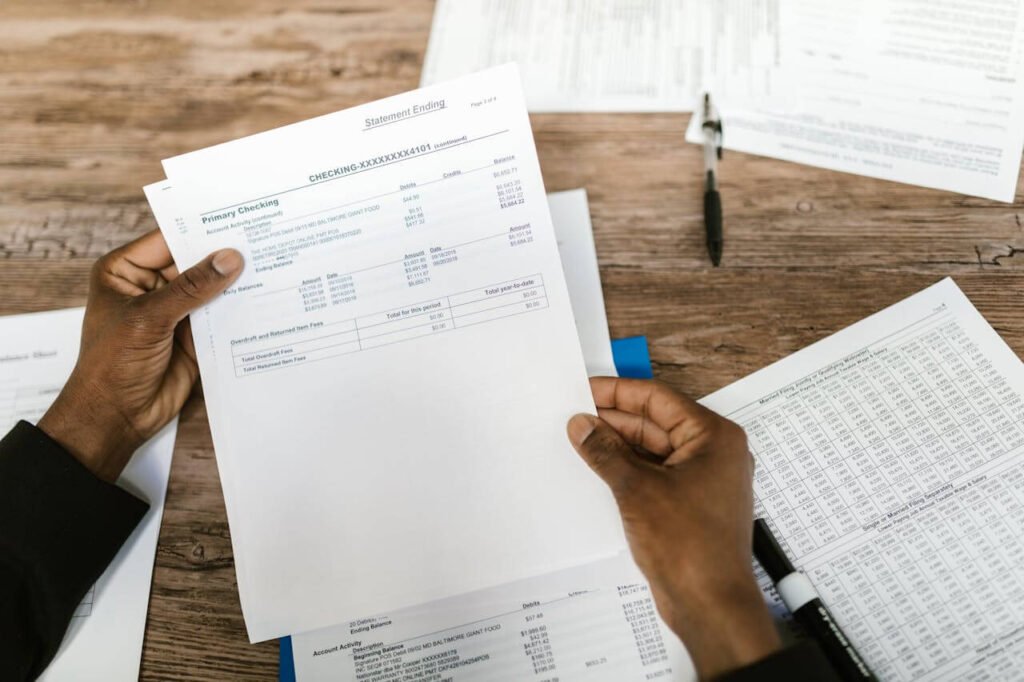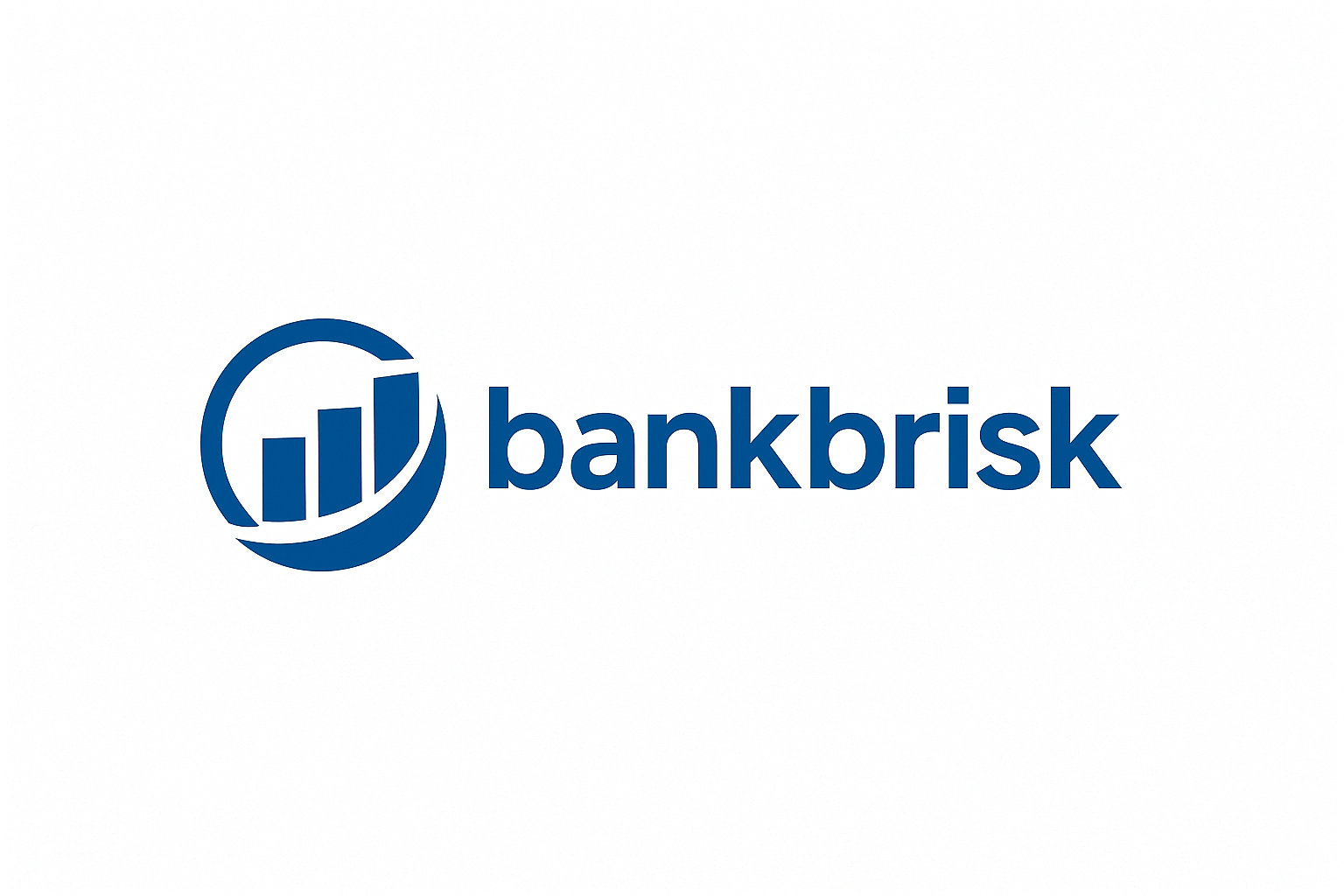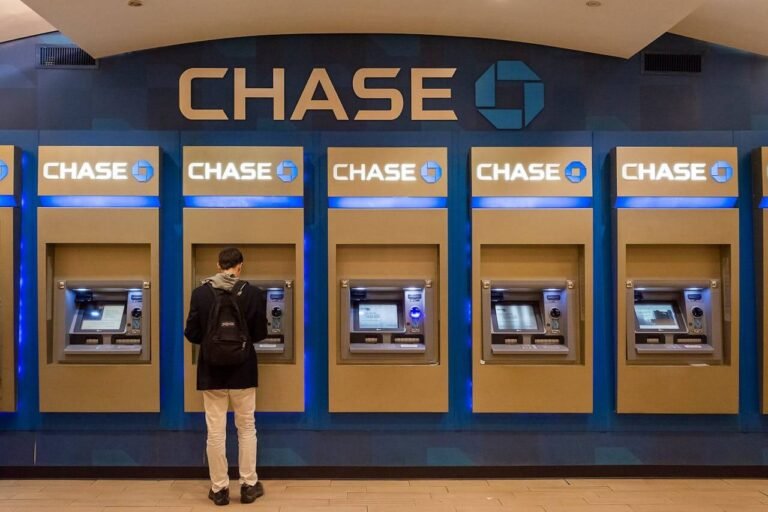When comparing different types of bank accounts, understanding which ones earn interest and how much they pay helps you make informed decisions about where to keep your money.
The straightforward answer: savings accounts typically offer more interest than checking accounts. This fundamental difference reflects the distinct purposes these accounts serve in your financial life.
However, the full picture involves more nuance than this simple comparison suggests. The specific interest rates you’ll encounter depend on the type of savings account, the type of checking account, and which financial institution you choose
Let’s explore these differences in detail to help you optimize your banking strategy.
The Basic Interest Rate Gap
According to Federal Deposit Insurance Corporation data from October 2025, traditional savings accounts offer an average interest rate of 0.40% APY, while interest-bearing checking accounts currently average just 0.07% APY. This means savings accounts pay nearly six times more interest than checking accounts on average.
However, these national averages tell only part of the story. Many checking accounts pay no interest whatsoever—0.00% APY. Your money sits completely stagnant, earning nothing while inflation gradually erodes its purchasing power. In contrast, even the most basic savings accounts typically offer at least some interest, though the amount may be minimal at traditional brick-and-mortar banks.

Why Checking Accounts Pay Less
The interest rate disparity exists because checking and savings accounts serve fundamentally different purposes. Checking accounts facilitate daily transactions—paying bills, making purchases, receiving paychecks, and managing cash flow. Banks design them for frequent activity rather than accumulation.
Savings accounts encourage you to set money aside and leave it relatively untouched. Banks can use these more stable deposits to fund loans, which generates profit. To incentivize keeping money in savings rather than spending it immediately, banks pay interest on these balances.
High Yield Savings Accounts Widen the Gap
The comparison becomes even more dramatic when considering high yield savings accounts rather than traditional savings products. As of October 2025, the best high yield savings accounts offer rates between 4.00% and 5.00% APY—more than 50 times higher than the average checking account rate.
A high yield savings account paying 4.50% APY delivers interest 64 times greater than a checking account earning 0.07% APY. On a $10,000 balance over one year, the high yield savings account generates approximately $450 in interest while the checking account produces just $7. The $443 difference represents real purchasing power left on the table by keeping money in the wrong account type.
Comparing Account Types
Let’s quantify how different account types stack up based on October 2025 rates:
Standard checking accounts: 0.00% to 0.07% APY average, with most paying nothing. Interest-bearing checking accounts: 0.07% APY average, with some offering up to 0.50%. Traditional savings accounts: 0.40% APY national average, High-yield savings accounts: 4.00% to 5.00% APY at competitive institutions. Money market accounts: 3.50% to 4.50% APY at leading banks
This hierarchy clearly shows savings products, particularly high-yield options, substantially outperforming checking accounts for interest earnings.
Understanding Interest-Bearing Checking Accounts
While most checking accounts pay minimal or no interest, some institutions offer interest-bearing checking accounts as premium products. These accounts attempt to combine the transaction convenience of checking with modest interest earnings.
However, even the best interest-bearing checking accounts rarely match standard savings account rates, and they almost never approach high yield savings rates. Banks like SoFi offer checking accounts paying around 0.50% APY, which beats the 0.07% average but remains far below the 4.00% to 5.00% available in high yield savings accounts.
Requirements and Trade-offs
Interest-bearing checking accounts often impose requirements to earn the advertised rate. You might need to maintain minimum balances of $5,000 or more, make a certain number of monthly transactions, or receive regular direct deposits. These requirements can prove restrictive for many consumers.
Additionally, these accounts sometimes charge monthly maintenance fees that eliminate interest earnings. A $10 monthly fee costs $120 annually, completely negating the interest earned on balances below approximately $24,000 at 0.50% APY. Always evaluate the net benefit after accounting for fees and balance requirements.
Why the Interest Rate Difference Matters
The practical impact of choosing between account types becomes clear when calculating actual earnings. Consider three scenarios for keeping $5,000 over one year:
In a non-interest checking account at 0.00% APY: Your balance remains exactly $5,000. You earn nothing while inflation reduces your purchasing power.
In an interest-bearing checking account at 0.07% APY: Your balance grows to approximately $5,004. You’ve earned $4—barely enough to buy a cup of coffee.
In a high yield savings account at 4.50% APY: Your balance reaches roughly $5,225. You’ve earned $225—meaningful money that could fund various expenses or continue compounding.
The difference between earning $4 and earning $225 demonstrates why account selection matters. This $221 gap on just $5,000 scales proportionally for larger balances, representing hundreds or thousands in additional earnings annually for people with substantial savings.
Strategic Account Usage
Understanding the interest rate hierarchy suggests an optimal banking strategy: use checking accounts for daily transactions and immediate liquidity needs, while maintaining savings in high yield savings accounts or other interest-bearing savings products.
Keep enough in checking to cover monthly expenses, automatic bill payments, and a small buffer for unexpected purchases perhaps one to two months of typical spending. Transfer everything else to a high yield savings account, where it earns substantially more interest while remaining accessible through electronic transfers.
The Transfer Timing
High yield savings accounts typically require one to three business days for transfers to checking accounts. This slight delay actually benefits many savers by creating a helpful friction that discourages impulsive spending from savings. For genuine emergencies, this timeline rarely poses problems since most urgent expenses allow at least a day or two for funding.
Some online banks now offer same-day ACH transfers, further reducing concerns about accessing savings when needed. The minor inconvenience of transferring money proves easily manageable in exchange for earning 50 to 100 times more interest.
Beyond Checking: Other Comparisons
While checking accounts represent the most common comparison, savings accounts also typically pay more interest than several other account and financial product types.
Prepaid debit cards generally pay no interest. Money you load onto prepaid cards sits earning nothing, similar to non-interest checking accounts, but often with additional fees. These products serve specific purposes, but shouldn’t house money you’re trying to grow.
Custodial accounts for minors at traditional banks often function like standard savings accounts, paying the same minimal 0.40% average rates. However, some institutions offer custodial high yield savings accounts with competitive rates, allowing young savers to benefit from better returns.
Investment Account Cash Positions
Many brokerage accounts hold cash in sweep accounts or money market mutual funds. These typically pay interest comparable to or slightly better than savings accounts, though rates vary significantly by broker. Some brokerages offer integrated cash management accounts that pay competitive rates on uninvested cash.
However, investment account cash doesn’t receive FDIC insurance in the same way bank deposits do. Money market mutual funds carry minimal but non-zero risk, while FDIC-insured sweep accounts at banks provide equivalent protection to savings accounts.
When Checking Account Interest Doesn’t Matter
For money you’re actively using to pay bills and make purchases, the interest rate difference matters less. If you maintain a typical $2,000 checking account balance for transaction purposes, the difference between 0.00% and 0.50% amounts to just $10 annually—hardly significant.
The interest rate disparity becomes important for larger balances sitting idle in checking accounts. People maintaining $10,000, $20,000, or more in checking are foregoing hundreds or thousands in potential interest earnings annually. This money should move to high yield savings where it earns substantially more while remaining reasonably accessible.
Psychological Accounts and Money Management
Many people unconsciously treat checking balances as “spending money” and savings balances as “protected money.” This psychological accounting can benefit financial discipline. The lower interest in checking matters less if it helps you avoid spending money you intended to save.
That said, you can achieve the same psychological benefit while earning better returns by maintaining appropriate balances in each account type. Keep enough in checking for planned spending, then transfer excess to high yield savings where it’s mentally “off limits” for casual spending while earning much better interest.
How To Increase Your Interest Earnings
To optimize interest earnings across your banking relationships, implement a multi-account strategy that places each dollar in the account type best suited for its purpose.
Use a checking account—possibly one paying modest interest if available without fees or burdensome requirements—for monthly expenses, bill payments, and transaction activity. Maintain a balance covering 30 to 60 days of typical spending.
Keep emergency funds and short-term savings in a high yield savings account earning 4.00% to 5.00% APY. This represents money you’re not actively spending but might need within days or months. The combination of high interest, FDIC insurance, and reasonable liquidity makes these accounts ideal for this purpose.
Additional Optimization Strategies
Tools like a high yield savings account calculator help you calculate exactly how much more you’ll earn by moving money from checking to high yield savings. Input your current balance, the checking account rate (often 0.00%), and a competitive high yield rate to see the annual difference.
These projections often surprise people by revealing hundreds or thousands in foregone earnings. Seeing concrete numbers motivates action—opening a high yield account and establishing automatic transfers to ensure money flows there consistently.
The Exception: Specialty Checking Accounts
A small number of institutions offer exceptional checking account rates that occasionally match or exceed standard savings account rates. These specialty products typically impose significant requirements like minimum monthly debit card transactions, direct deposit mandates, or balance limits.
For example, some credit unions offer checking accounts paying 4% to 5% APY on balances up to $15,000 or $20,000, provided you meet numerous monthly requirements. These accounts can offer excellent returns for people willing to meet the conditions, though they require more active management than typical accounts.
Even these exceptional checking accounts rarely beat the best high yield savings accounts on an effort-adjusted basis. The convenience of automatic high yield savings—requiring no monthly transactions or activity—appeals to many savers who want to optimize returns without jumping through hoops.
Looking Forward: Rate Trends
The Federal Reserve reduced its benchmark rate to 4.00%-4.25% at its September 2025 meeting, with additional cuts anticipated through year-end. As Fed rates decline, both savings and checking account rates will likely decrease, though high yield savings will probably maintain their substantial advantage over checking products.
When the Federal Reserve maintained near-zero rates throughout the 2010s, high yield savings accounts paid around 0.50% to 1.00% while checking accounts paid 0.00% to 0.01%. The multiple of 50 to 100 times more interest persisted despite different absolute rate levels. This historical pattern suggests savings accounts will continue dramatically outperforming checking accounts regardless of where overall rates settle.
The Bottom Line
Savings accounts typically offer significantly more interest than checking accounts, often 10 to 100 times more, depending on the specific products compared. Traditional savings accounts average 0.40% APY while checking accounts average 0.07%, with many checking accounts paying nothing.
High yield savings accounts widen this gap dramatically, offering 4.00% to 5.00% APY as of November 2025—more than 50 times the checking account average. This disparity exists because checking serves transaction purposes while savings encourages accumulation, allowing banks to utilize those deposits more profitably.
Smart banking strategy places money in account types matching their purposes: checking for active spending, high yield savings for accumulation. This approach maximizes interest earnings while maintaining appropriate liquidity for different financial needs. Understanding these fundamental differences helps you earn hundreds or thousands more annually simply by keeping your money in the right places.




